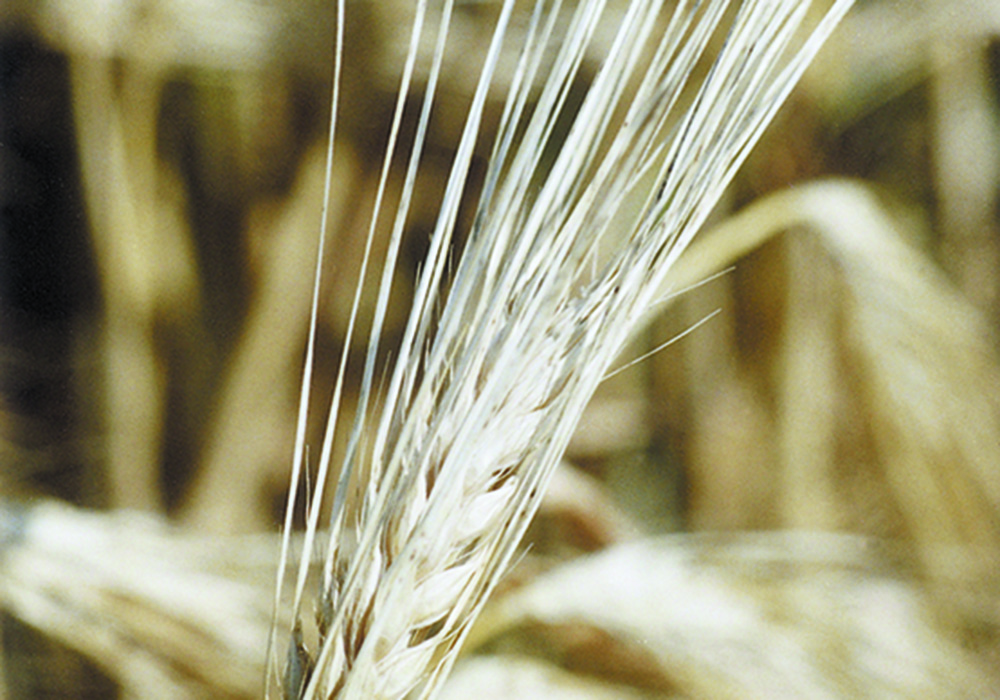Prices have fallen $20 per tonne or more since the beginning of August, from around $220 per tonne to $195-$200
Farmers don’t usually smile when prices fall, but in southern Alberta it’s hard to not be cheery when the crop looks so good.
“It’s a pretty normal year,” said Jim Beusekom, president of Lethbridge-based Market Place Commodities, with obvious relief when asked about local conditions.
“We’re so used to the abnormal, to having droughts or frosts or so much moisture at harvest time, that we’re still keeping our fingers crossed.”
Both farmers and cattle feeders on the western Prairies have suffered dreadful situations in the last two to three years, with bad harvest weather wrecking grain quality and production. Farmers have lost much of the value of their crops while feeders have had to cope with poor and mixed quality crops.
Read Also

Why feds imposed EV tariffs
Moe and Kinew have a fight on their hands when it comes to eliminating the EV tariff. Canada has to worry about pissing off the U.S. and Mexico and hundreds of thousands of auto workers.
This year, harvest has come early in many areas, with new crop barley trickling in since the start of August. It has started to pour in since the middle of the month.
“There’s a lot of pressure right now,” said Joel Merkosky of Johnston’s Grain in Calgary.
“It’s driving prices down.” Feedgrain marketers say Lethbridge prices have fallen $20 per tonne or more since the beginning of August, from around $220 per tonne to $195-$200 in the third week of the month.
That pressure is unlikely to let up soon, Merkosky said, because yields are high and harvest is occurring sequentially, creating a steady flow of new crop barley and wheat.
Wheat prices have stayed stronger, marketers say, falling more slowly than barley, but still seeing the same off-the-combine pressures.
Beusekom said farmers who can find the space to store their barley on-farm can probably pick up 30 to 50 cents per bushel by making sales deferred to winter months. That’s a good option for people who now regret they didn’t lock in fall prices at the beginning of August.
“The market’s discounting pretty hard for those who want to move it right off the combine,” said Beusekom.
Most old-crop supplies have already moved.
Harvest has been moving northward and fanning out from the Lethbridge area, so there is still much crop out in the field across Western Canada.
Crop quality and yield is still at risk until it’s off. That has farmers and the feeding industry watching the weather forecast, hoping it doesn’t bring a third or fourth year of dreadful harvesting conditions. To this point it’s so-far, so-good.
“It doesn’t take much” to derail good harvesting weather, Merkosky said.
Farmers and feeders are also watching the United States corn crop. It plays a residual role in western Canadian feedgrains markets, coming in to feedlot alley if feedgrain prices in Canada move too high compared to American crop prices.
















